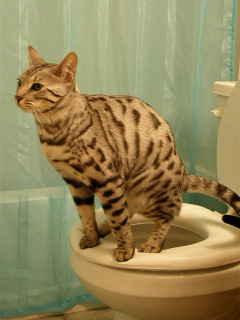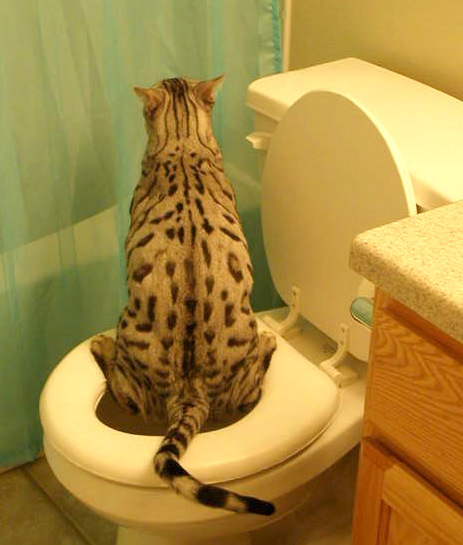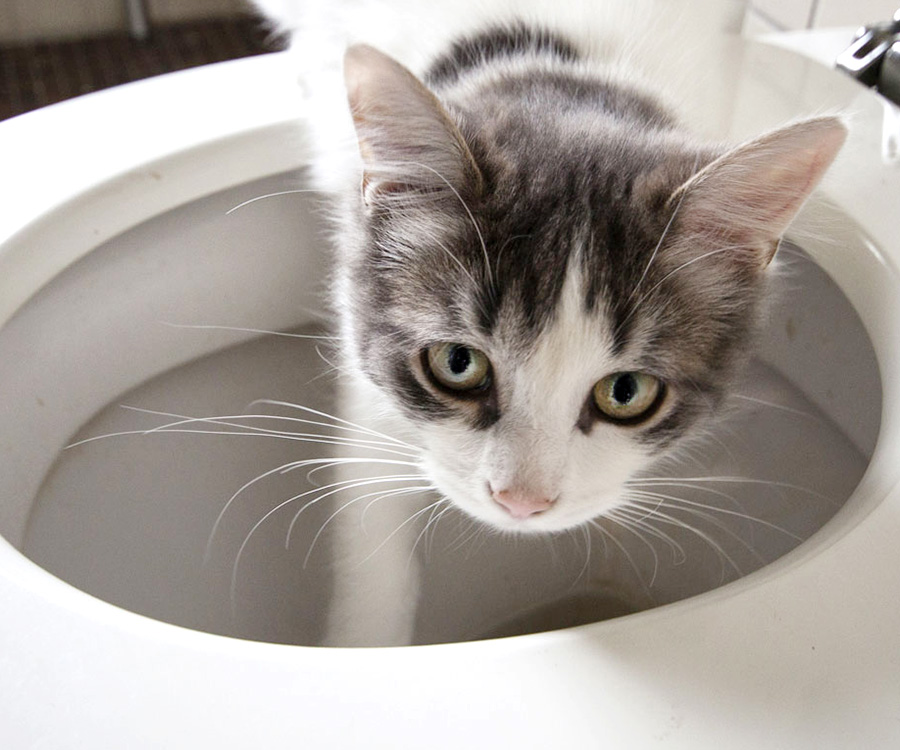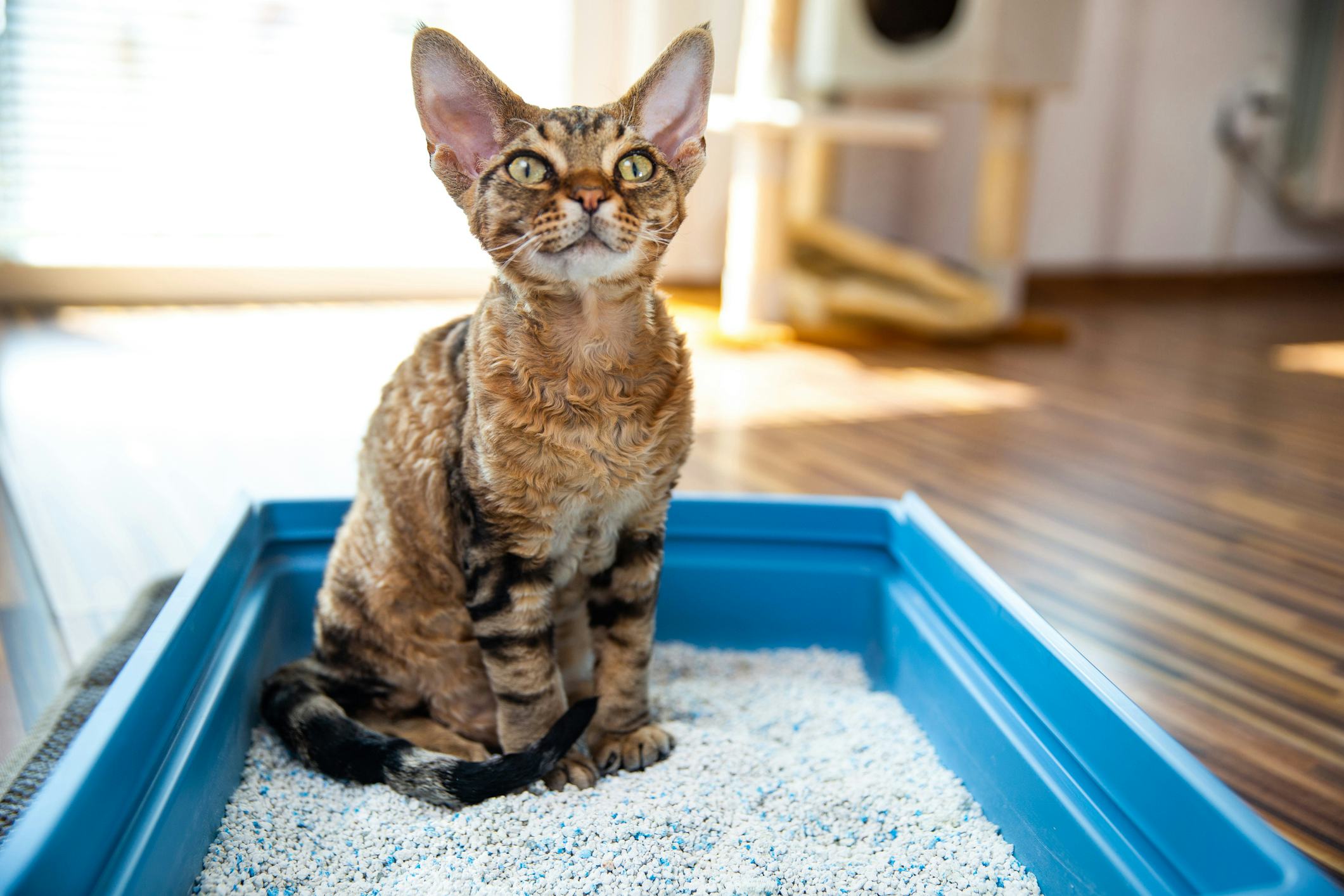What are your ideas about Can You Flush Cat Poo or Litter Down the Toilet??

Introduction
As feline proprietors, it's vital to bear in mind exactly how we throw away our feline pals' waste. While it may appear practical to purge cat poop down the bathroom, this technique can have destructive repercussions for both the setting and human wellness.
Environmental Impact
Flushing pet cat poop presents unsafe pathogens and parasites right into the water, posturing a considerable threat to water ecological communities. These pollutants can adversely impact aquatic life and compromise water high quality.
Wellness Risks
Along with ecological issues, purging feline waste can likewise posture health and wellness threats to humans. Cat feces might have Toxoplasma gondii, a bloodsucker that can trigger toxoplasmosis-- a potentially severe disease, particularly for expecting females and individuals with damaged immune systems.
Alternatives to Flushing
Luckily, there are more secure and much more liable means to deal with cat poop. Take into consideration the complying with alternatives:
1. Scoop and Dispose in Trash
The most common approach of taking care of pet cat poop is to scoop it right into a biodegradable bag and toss it in the trash. Make certain to use a devoted clutter scoop and deal with the waste without delay.
2. Usage Biodegradable Litter
Opt for eco-friendly feline clutter made from products such as corn or wheat. These trashes are eco-friendly and can be safely thrown away in the trash.
3. Hide in the Yard
If you have a yard, think about hiding cat waste in a designated area far from veggie yards and water sources. Make certain to dig deep enough to stop contamination of groundwater.
4. Set Up a Pet Waste Disposal System
Purchase an animal waste disposal system especially developed for cat waste. These systems utilize enzymes to break down the waste, decreasing odor and environmental impact.
Final thought
Accountable animal possession expands beyond providing food and shelter-- it also involves appropriate waste monitoring. By refraining from purging pet cat poop down the commode and selecting alternate disposal techniques, we can lessen our ecological impact and secure human wellness.
Why You Should Never Flush Cat Poop Down the Toilet
A rose by any other name might smell as sweet, but not all poop is created equal. Toilets, and our sewage systems, are designed for human excrement, not animal waste. It might seem like it couldn’t hurt to toss cat feces into the loo, but it’s not a good idea to flush cat poop in the toilet.
First and foremost, assuming your cat uses a litter box, any waste is going to have litter on it. And even the smallest amount of litter can wreak havoc on plumbing.
Over time, small amounts build up, filling up your septic system. Most litter sold today is clumping; it is made from a type of clay that hardens when it gets wet. Ever tried to scrape old clumps from the bottom of a litter box? You know just how cement-hard it can get!
Now imagine just a small clump of that stuck in your pipes. A simple de-clogger like Drano isn’t going to cut it. And that means it’s going to cost you big time to fix it.
Parasitic Contamination
Believe it or not, your healthy kitty may be harboring a nasty parasite. Only cats excrete Toxoplasma in their feces. Yet it rarely causes serious health issues in the cats that are infected. Most people will be fine too if infected. Only pregnant women and people with compromised immune systems are at risk. (If you’ve ever heard how women who are expecting are excused from litter cleaning duty, Toxoplasma is why.)
But other animals may have a problem if infected with the parasite. And human water treatment systems aren’t designed to handle it. As a result, the systems don’t remove the parasite before discharging wastewater into local waterways. Fish, shellfish, and other marine life — otters in particular — are susceptible to toxoplasma. If exposed, most will end up with brain damage and many will die.
Depending on the species of fish, they may end up on someone’s fish hook and, ultimately on someone’s dinner plate. If that someone has a chronic illness, they’re at risk.
Skip the Toilet Training
We know there are folks out there who like to toilet train their cats. And we give them props, it takes a lot of work. But thanks to the toxoplasma, it’s not a good idea.

Hopefully you enjoyed reading our excerpt on Can You Flush Cat Poop Down The Toilet?. Thanks a ton for finding the time to read through our article. Sharing is nice. Helping others is fun. Thanks so much for your time spent reading it.
This Site





